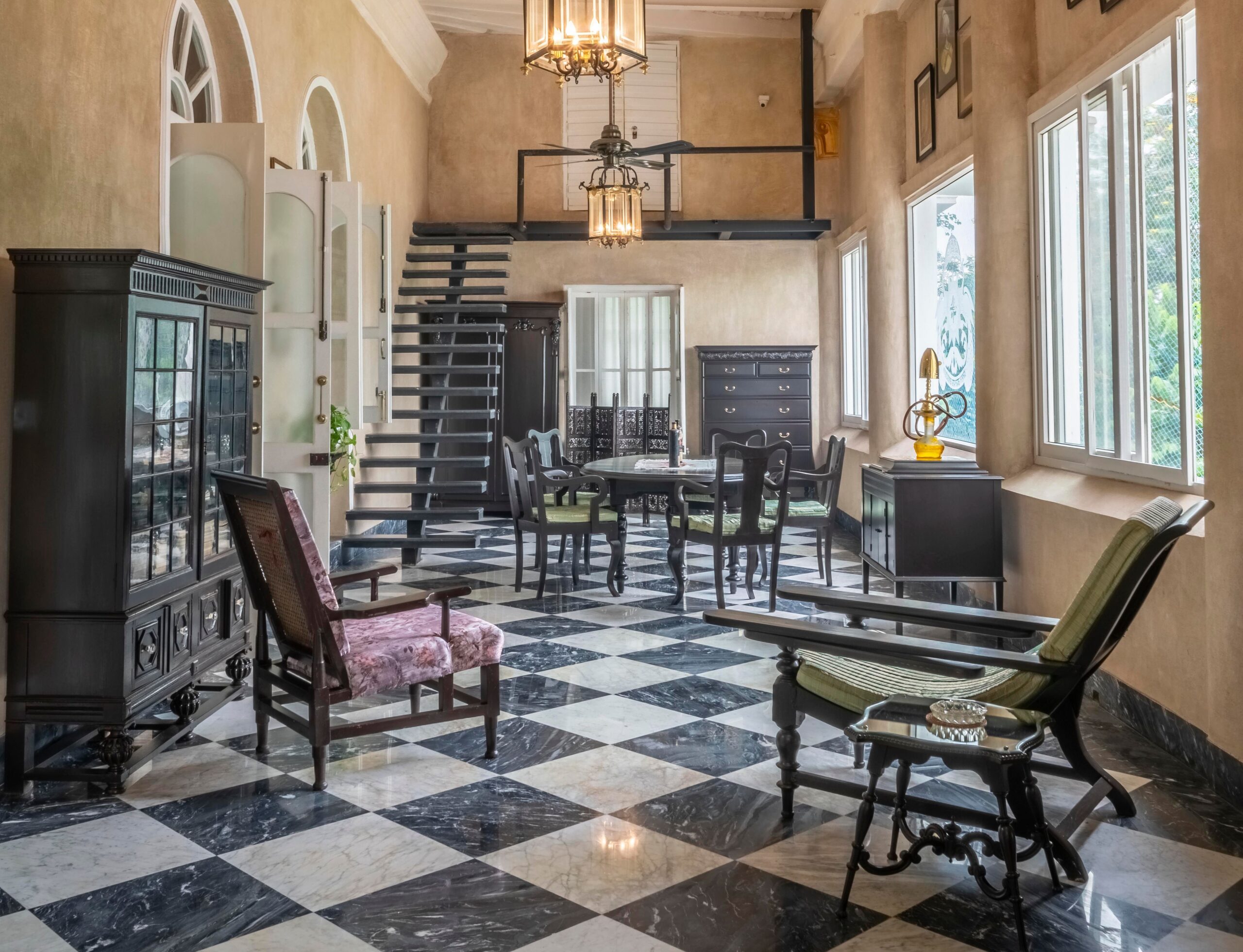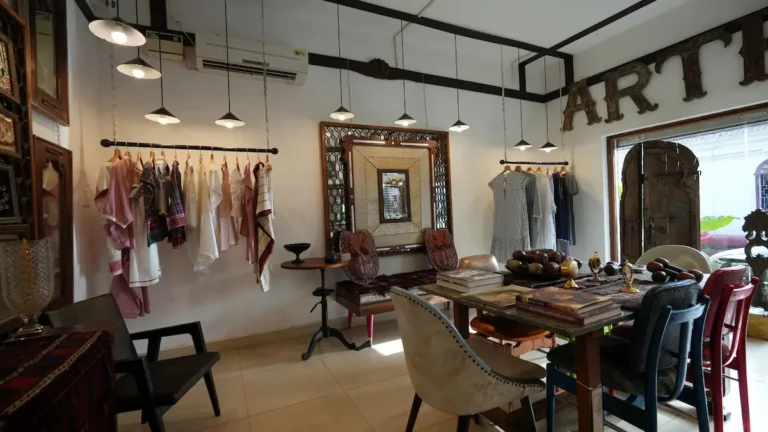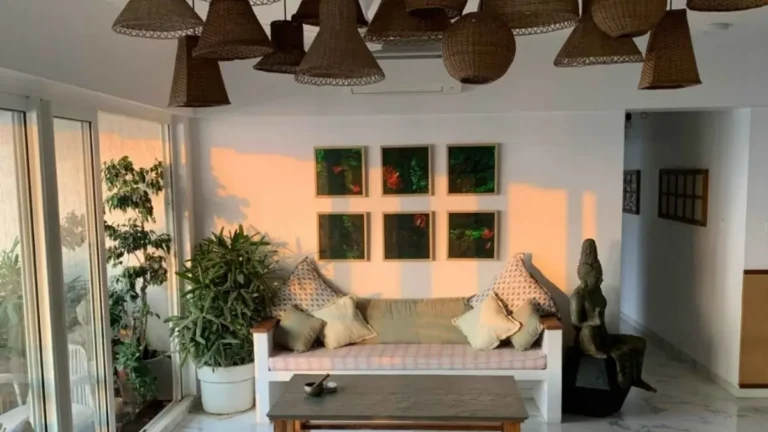Design Insights for Small Luxury Hotels
In the realm of hospitality, small hotels are celebrated for their distinctive charm and intimate ambiance. However, the challenge of optimising limited space can present a formidable task for interior designers. The key to success in small hotel interior design lies in maximising every square foot while curating a luxurious and unforgettable experience for guests. Through meticulous planning, innovative design strategies, and an astute attention to detail, small hotel accommodations can be transformed into exquisite sanctuaries of comfort and elegance.
Envision stepping into a boutique hotel lobby where thoughtful design choices create an illusion of spaciousness. Embracing open floor plans can dramatically enhance the overall sense of airiness, allowing natural light to cascade throughout the space. By strategically positioning furniture to promote flow and interaction, small hotel interior design can cultivate a welcoming atmosphere that invites guests to linger and explore. Incorporating mirrors can further amplify this effect, reflecting light and creating a sense of depth that makes even the cosiest spaces feel expansive and inviting.
In the world of small hotel design, every inch is precious, and multifunctional furniture becomes an invaluable asset. Consider a meticulously crafted ottoman that seamlessly doubles as storage or a sleek desk that transforms into an elegant dining table. These thoughtfully designed pieces not only optimise functionality but also infuse the decor with an air of sophistication. Small hotel interior design flourishes on the principle of versatility, where each item serves a purpose without sacrificing style. This approach enhances the guest experience, ensuring that spaces feel luxurious and well-considered.
Color plays a pivotal role in creating an illusion of spaciousness within small hotel interiors. Lighter hues—such as soft whites, pale greys, and delicate pastels—can illuminate rooms and create an expansive feel. Imagine a charming guest room adorned in a serene palette of creamy whites and subtle blues, where the lightness of the colours dances with the natural sunlight streaming through the windows. In small hotel interior design, these colour choices foster a tranquil and inviting ambiance, allowing guests to feel at ease in their surroundings.
Vertical space presents another often-overlooked opportunity for maximising small hotel interiors. By drawing the eye upward with towering bookshelves, vertical artwork, or elegantly draped ceiling-mounted fabrics, designers can instil a sense of grandeur in compact rooms. Envision a cosy lounge area where plush seating is arranged around an exquisite floor-to-ceiling bookshelf, adorned with curated literature and artisanal decor. This not only optimises vertical space but also introduces visual intrigue and sophistication, inviting guests to relax and unwind in an inspired setting.
Additionally, incorporating intelligent storage solutions is paramount in small hotel interior design. Built-in shelving, under-bed storage, and custom cabinetry can help maintain an organised and clutter-free environment. Picture a beautifully appointed guest room featuring bespoke nightstands that offer concealed storage, seamlessly blending functionality with aesthetic appeal. This meticulous attention to detail fosters an inviting space where guests can truly feel at home, further enriching their overall experience.
Lastly, personalization is the cornerstone of elevating small hotel accommodations. Thoughtful touches—such as locally sourced artwork or curated decor that reflects the region’s cultural narrative—infuse the space with character and charm. In small hotel interior design, these elements contribute to an authentic and memorable guest experience. By narrating a story through design, boutique hotels can forge an emotional connection with their visitors, ensuring they depart with lasting impressions.
In conclusion, maximising space in small hotels is an art form that harmonises functionality with aesthetic beauty. Through innovative design strategies—such as multifunctional furniture, strategic colour usage, vertical space enhancement, and intelligent storage solutions—small hotel interior design can create luxurious accommodations that feel both expansive and inviting. By prioritising guest experience and infusing each space with character, boutique hotels can establish themselves as unforgettable destinations where charm and sophistication elegantly coexist in every detail.
Featured Image Credits: The Belgadia Palace




